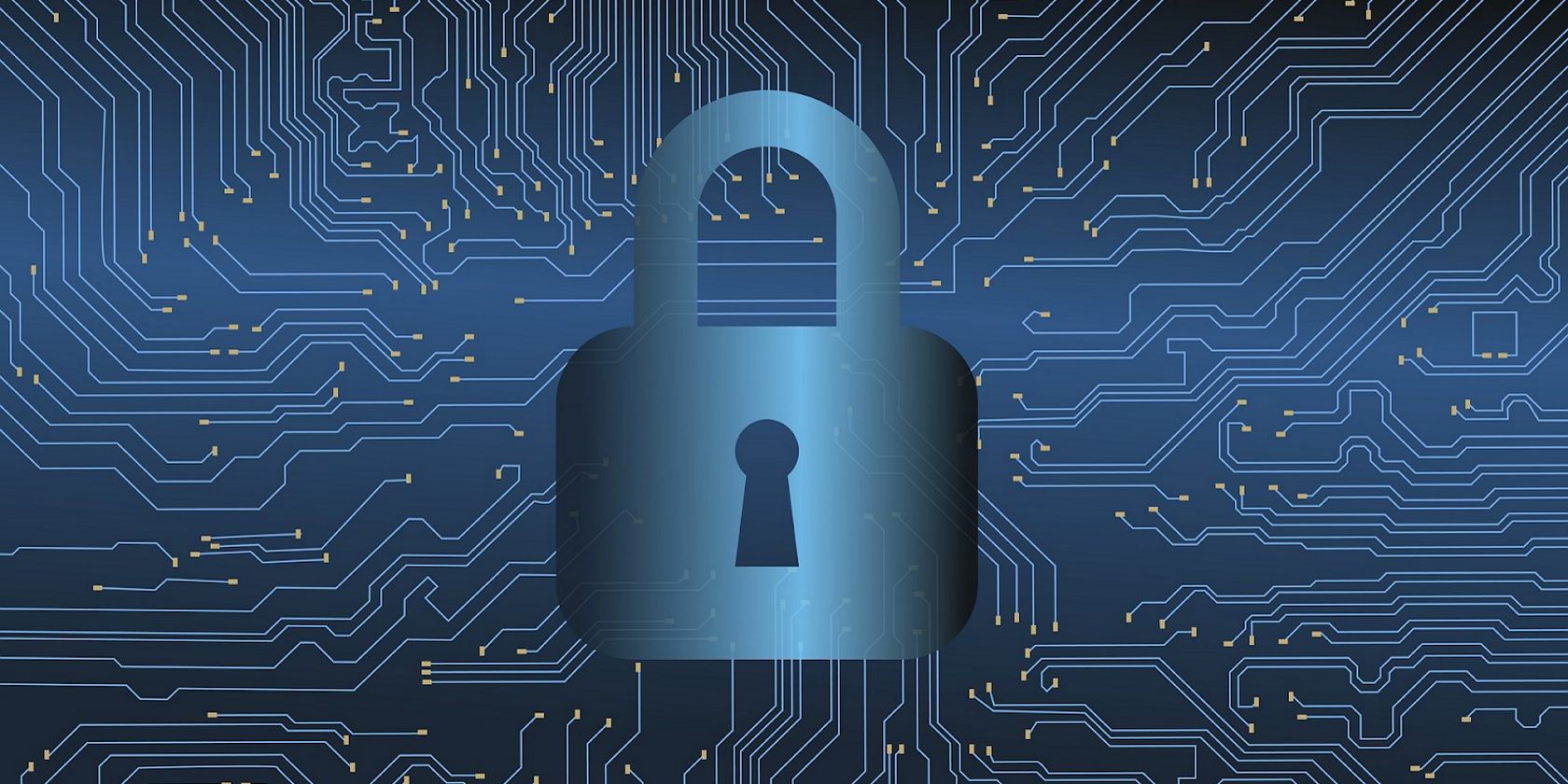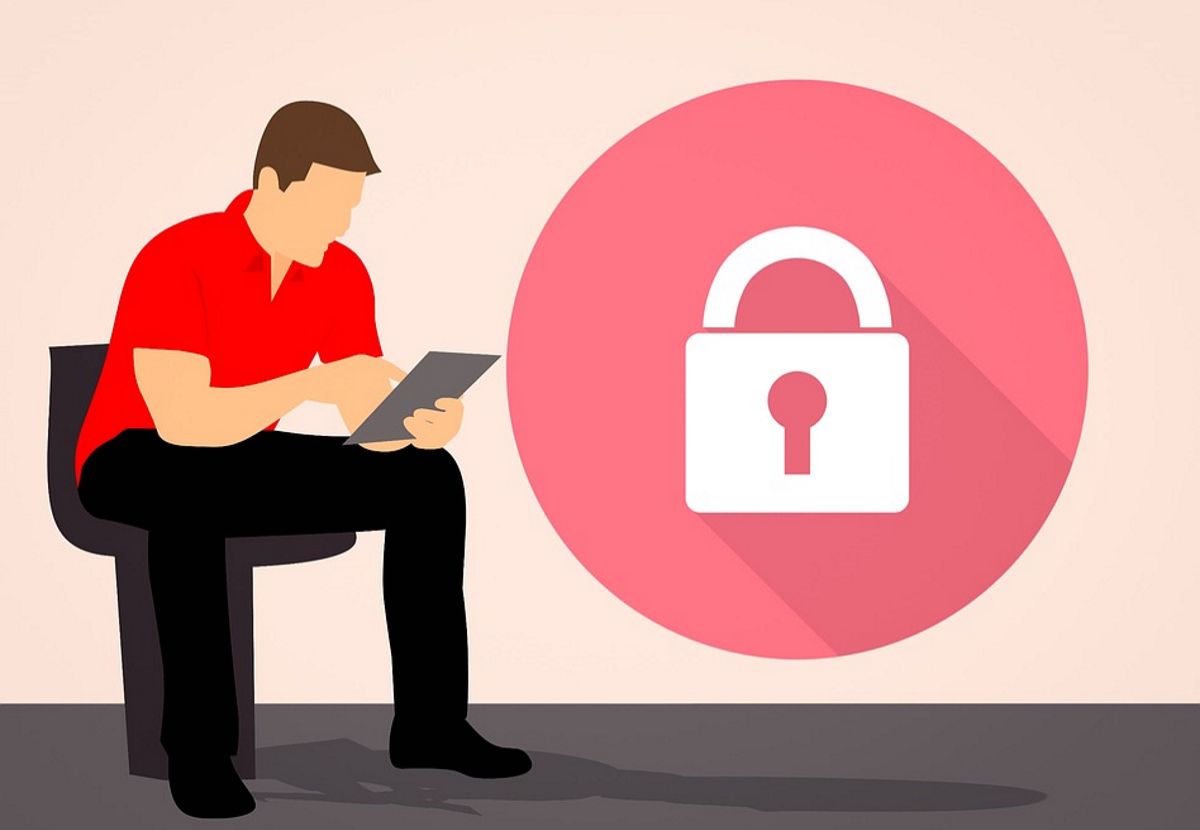Cyberattackers are becoming increasingly sophisticated in their methods of gaining access to data and networks. As a result, organizations are constantly seeking effective ways to secure themselves from cyber threats.
A security model called "zero trust" has recently gained popularity as a powerful approach to enhancing security. The model assumes that all devices, users, and apps can pose a cybersecurity threat and is designed to mitigate those risks.
Let’s learn what the zero trust model is and the benefits of deploying one for your organizations.
What Is the Zero Trust Security Model?
John Kindervag, a Forrester Research Analyst, is credited with coining the term "zero trust" and creating the "never trust, always verify" motto that forms the foundational principle for the security model, according to an explainer by Crowdstrike.
The zero trust security model or architecture is one of the cybersecurity strategies that can enhance the reliability of your network. It follows a rigorous access and authentication procedure based on the premise that each component in the network could potentially be a threat.
The infrastructure blocks unauthorized access and has a strict multi-factor authentication process. This not only improves your defense against cyber threats but also creates an infrastructure for improved user experience.
5 Benefits of Using Zero Trust Infrastructure
The zero trust model is an effective way for organizations to improve their network security and efficiency. Here are five reasons why it is worth considering:
1. Centralized Monitoring
With the zero trust model, you can cover all the resources in your network, providing visibility across the entire organization. This allows for centralized monitoring, even of challenging cloud-based resources.
Centralized monitoring provides greater control over the network, enabling continuous monitoring of all access activities. The infrastructure allows you to track who accessed the network and when and where they did so. You can also monitor the applications involved in each access request.
In addition, centralized monitoring simplifies management by enabling data observation from a single location. The model also supports automated procedures for managing access requests.
2. Strong Analytics
The zero trust model offers robust analytics for detecting potential risks to your network, gathering data, and providing insights for optimizing security. These insights can assist security teams in implementing security measures more systematically.
The data gathered through centralized monitoring is reliable, helping to maintain rigid policies and providing a framework for security teams to work efficiently. They can use the data to make informed decisions about network access.
Additionally, analytical data enables you to automate several procedures in your security operations. By learning patterns to access requests, you can train the system to automatically assess requests, allowing your system to accept or reject requests autonomously.
3. Regulatory Compliance
Businesses operating in the US are required to comply with several data protection acts, such as the Federal Trade Commission (FTC) Act, which enforces data protection and privacy laws for US citizens. There are also state-level acts like the California Consumer Privacy Act (CCPA), as well as industry-specific data protection acts such as HIPAA, which ensures the protection of patients' health information.
One additional benefit of implementing the zero trust security model is achieving compliance with these acts. The model provides transparency, allowing you to follow all necessary regulations. As zero trust security policies track every action in your network, it becomes easier to perform audits.
Furthermore, the zero trust model also maintains user data privacy through Zero Trust Network Access (ZTNA). This ensures unauthorized entities do not enter the network, protecting user data and enhancing overall security.
4. Protecting Corporate Endpoints
Protecting corporate endpoints is a crucial task in today's ever-evolving threat landscape. The zero trust approach is a proven security architecture that can significantly enhance endpoint security. It operates on the central concept of never assuming that any endpoint in the network is secure as cyber threats continue to evolve rapidly.
Zero trust architecture provides an infrastructure to secure network computers, laptops, servers, and critical points. This architecture helps protect corporate endpoints, which are more vulnerable to cyber-attacks, ensuring the network's overall security.
Zero trust infrastructure is a more dynamic and comprehensive security solution than traditional security approaches like VPNs. VPNs are quite one-dimensional, as they only protect against online attacks, leaving endpoints at risk. In contrast, zero trust infrastructure uses Software-Defined Perimeter (SDP) that prioritizes identity verification with the firewall. It adds more layers of security, reducing the risks associated with cyber-attacks.
Therefore, this approach is powerful and flexible in extending an organization's security measures to endpoints. It is a dynamic security solution that prioritizes identity verification and adds more security layers, providing comprehensive endpoint security for corporate networks.
5. Ensuring Security for Cloud Adoption
The rapid adoption of cloud infrastructures has increased the risk of data breaches. This has led many organizations to hesitate to adopt cloud technologies. However, with the zero trust model, cloud adoption can be done securely and seamlessly. The model is not confined to on-premises environments but can also support cloud infrastructures.
Implementing zero trust infrastructure is complex, but it is one of the best methods for cloud adoption. It allows for implementing rigid cybersecurity strategies that reduce the risk of data breaches. The zero trust approach protects sensitive data and minimizes network vulnerabilities.
Organizations can ensure a secure work-from-home environment by deploying the Zero Trust Network Access (ZTNA) mechanism. ZTNA ensures that users only get access to specific applications, thereby maintaining user privacy and protecting the network. With zero trust, cloud adoption becomes more secure, and organizations can enjoy the benefits of cloud technologies without worrying about data breaches.
The Growing Need for Zero Trust Security
Cyber threats are continually evolving, and traditional cybersecurity measures are no longer sufficient. Additionally, many businesses are now managed virtually, and remote work is prevalent. This makes organizations more vulnerable to cyberattacks, making the need for a dynamic security approach inevitable.
The Zero Trust Security model provides an ideal multi-layer security solution for both large and small enterprises. This approach believes that no user or entity within the network is trustworthy. With Zero Trust, you can design inflexible operational policies for each user or application.


